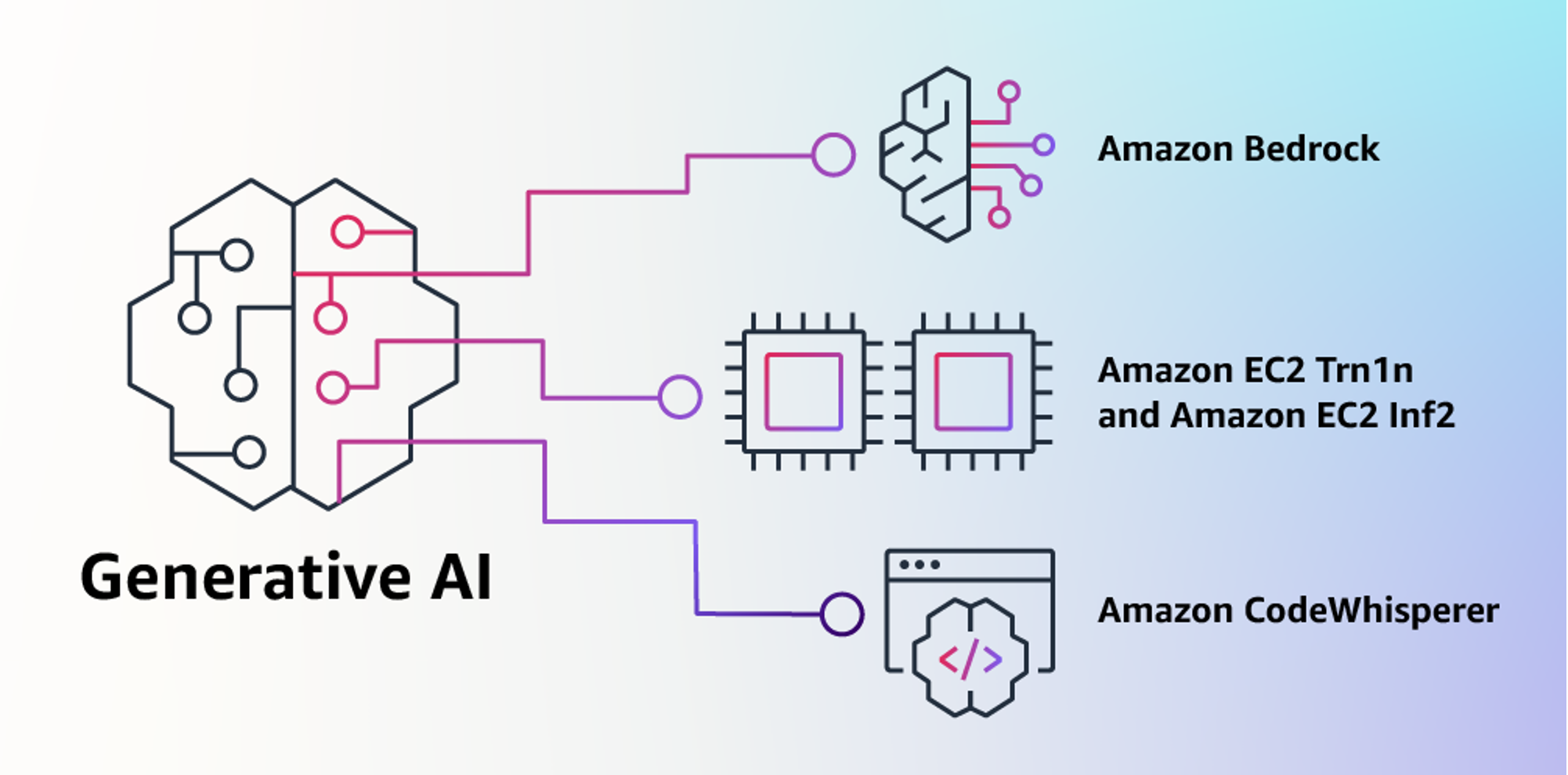Welcome to our immersive workshop on building generative AI applications with Amazon Bedrock. This hands-on workshop is designed to equip you with the knowledge and skills to leverage foundation models for a broad spectrum of tasks.
Our learning objectives are:
- To build a Streamlit application capable of displaying images produced via Stable Diffusion.
- To build applications that can handle a variety of text based text such as Summarization and Q&A.
- To build a conversational applications such as a chatbot.
- To build an AI Agent with various tools such as retrieving information from documents.
By the end of this workshop, you will have gained valuable hands-on experience in building generative AI applications with Amazon Bedrock.
This is a intermediate level workshop, so familiarly with Python and using the terminal is helpful. No AI/ML experience is necessary. This workshop is intended to be finished within 2 hours.
Step 1: Subscribe to Models in the Amazon Bedrock Console
In the Amazon Bedrock console, select Model access in the left navigation pane and enable the models you would like to access. Once the model access is enabled, you can then use the API.
Note: For Claude models you have to enter some extra details, but you will get access instantly.
Step 2: Check your Python version
Make sure you're running Python 3.9 or higher. If you're not, update it. Trust me, it'll make your life easier.
python --versionStep 3: Install the essentials
First, clone the repo, and run the following command to grab the libraries you’ll need for this guide.
git clone https://github.com/aws-banjo/intro_bedrock_workshop.git
cd intro_bedrock_workshop
pip install -r requirements.txt(Optional) Step 4: Enable Amazon CodeWhisperer
Activate Amazon's CodeWhisperer, your AI assistant that will guide you through coding challenges during this workshop. Watch this video to learn how to install it in your environment, or read the setup guide.

Alright, you're all set to start building your next generative AI masterpiece with Amazon Bedrock. Click on one of the modules to get started.
